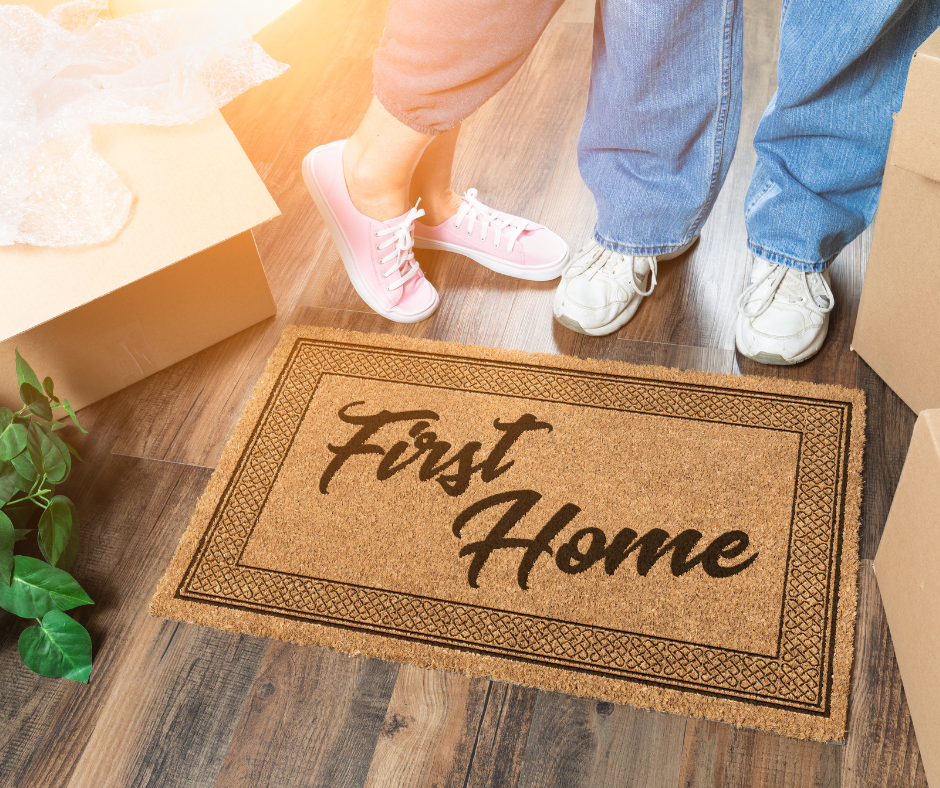Upfront Costs & Down Payments
This is the first blog in a four-part series designed for First-Time Home Buyers. Even if you have purchased a home before, it’s a great refresher.
A home can be a great place to build memories with friends and family and a financial foundation for your future. Buying a home can be exciting, but it can also be an overwhelming experience. However, the basic knowledge and trusted professionals at your fingertips can make a difference.
Down Payment
The down payment is the money you put toward purchasing your future home. Generally, the minimum amount required is 5% on the first $500,000 and 10% on the remainder, up to $1,000,000. Any home purchase in Canada over $1,000,000 will require 20% down, and possibly more, based on the location and purchase price.
You will also need to prove the amount and sources of your down payment. Some common sources include personal savings, a non-repayable gift from an immediate family member, proceeds from the sale of other property, and funds borrowed against proven assets. Again, check with your mortgage broker for qualifying criteria.
You might also use an RRSP withdrawal. The Home Buyers’ Plan allows first-time homebuyers to contribute to their down payment by tax-free withdrawing funds from their registered retirement savings plan (RRSP). The funds must be paid back in instalments over up to 15 years.
You might be able to take advantage of different government programs. For example, the First-Time Home Buyer Incentive allows eligible homebuyers with the minimum down payment for an insured mortgage to apply to finance a portion of their home purchase through a shared equity mortgage. The program offers 5% or 10% of the home’s purchase price toward a down payment. Adding to your down payment lowers your mortgage carrying costs, making homeownership more affordable. In exchange for the incentive that will be repaid in the future, the Government of Canada shares in the appreciation or depreciation of the property, calculated based on the property's fair market value at the time of repayment.
Sometimes, you can borrow a down payment or part of one from a loan or line of credit, though this can be trickier to qualify for and more expensive.
Upfront costs
You should determine how much you need to save to cover the upfront costs of buying a home. Here is a list of some of them below:
Down payment — (as above)
Home inspection and appraisal fees (and any other inspections, i.e. septic, well, etc.)
Insurance costs — including property insurance, mortgage loan insurance, etc.
Property Transfer Tax — based on a percentage of the purchase price of the property
Prepaid property taxes and utility bills; reimbursing the seller for some bills paid in advance
Legal or notary fees
Potential repairs or renovations
Moving costs
GST on the purchase price for newly built homes or on the mortgage loan insurable (if applicable). Ask your realtor about the GST rebate program.
Stay tuned for our second blog in this series…. Getting Pre-Approved


